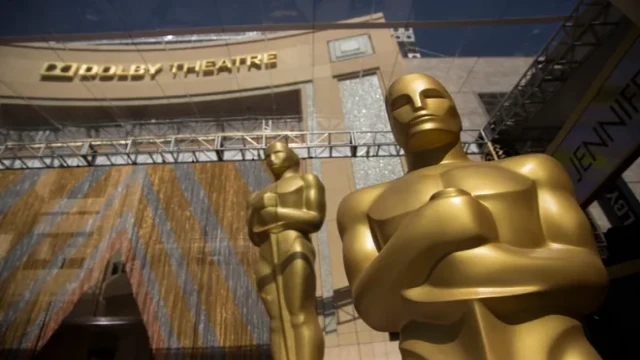New York, Feb 07, (V7N) - The Academy Award, also known as the Oscar, is one of the most coveted prizes in the film industry. While it holds immense prestige and can dramatically alter an actor or filmmaker's career, its actual material value is surprisingly low. The cost to make an Oscar statue is about $400, according to CBS News. Since 2016, these gold-covered trophies have been crafted at the UAP Polich Tallix foundry in Rock Tavern, New York, using a detailed process that starts with 3D models cast in wax and coated in ceramic shells. It takes about three months to produce 50 Oscars.
Despite the Oscar's iconic status, its market value is almost negligible. According to Academy rules, the actual worth of an Oscar is only $1. This regulation prohibits winners from selling or disposing of their statuettes, unless they offer it to the Academy for $1. This rule extends to Oscar recipients' heirs after they pass away.
The Academy enforces the no-sale rule to maintain the integrity of the Oscar symbol. However, this regulation didn't apply to Oscars awarded before 1951. In 1999, for instance, Michael Jackson bought the Oscar for Gone With the Wind (1939) for $1.54 million. But the Academy has pursued legal action when a statuette was resold after the 1951 rule was enacted. One such case occurred in 2014, when the Academy sued Joseph Tutalo, whose late uncle Joseph Wright had won an Oscar in 1942. The court ruled in favor of the Academy, forcing the auction winner to return the statue.
Oscar statues are made of liquid bronze and electroplated with 24-karat gold. During World War II, there was a shortage of metal, so the statues were made of painted plaster for three years. After the war, winners could exchange their plaster Oscars for gold-plated ones.
The Oscar statuette stands 13½ inches tall and weighs 8½ pounds. Since its inception in 1929, more than 3,000 Oscars have been awarded. The statuette was designed to depict a knight holding a sword, standing on a reel of film. Officially named the Academy Award of Merit, it became known as "Oscar" in the mid-1930s. The nickname’s origin is uncertain, but it is widely believed to have come from Academy librarian Margaret Herrick, who thought the statue resembled her Uncle Oscar.
The Oscar may have a modest production cost, but it carries an unmatched legacy in the world of film.
END/SMA/NYC/RH/































Comment: